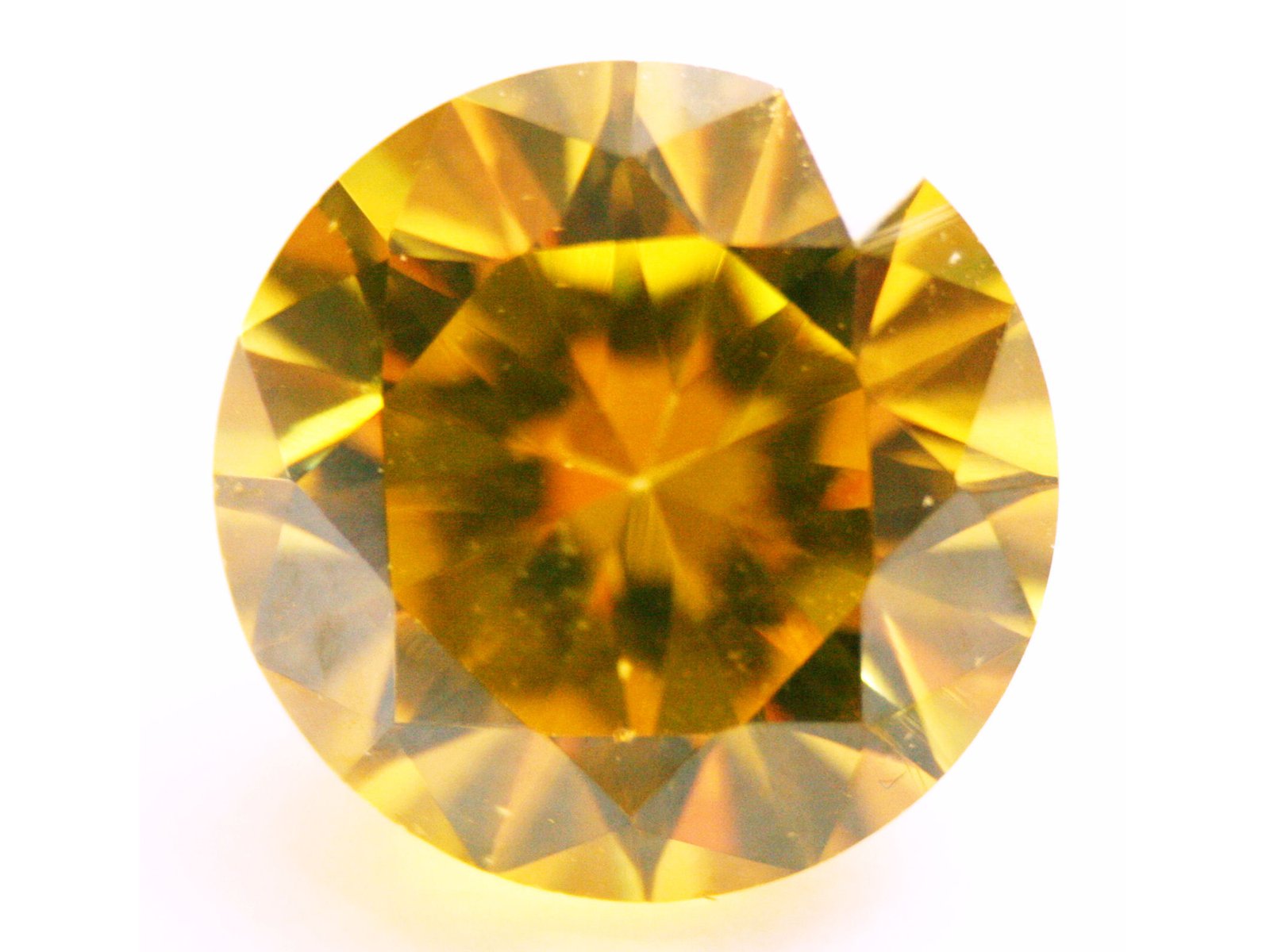Man made minerals
On this page...
Human-made versus naturally formed minerals
Over 200 minerals are identified as either directly or indirectly made by humans. Artificial or synthetic minerals are grown in a laboratory. They are almost indistinguishable from the natural stones and are cheaper and easier to source.
Long used as substitutes in jewellery, they are now used in numerous technologies and in tackling issues like climate change, for example nesquehonite can capture and store carbon dioxide.
There are also rare minerals that formed naturally but only because of human activities. The vast majority are the result of mining. For instance, nealite is found in only one location in Greece and formed when sea water infiltrated dumped slag.
A museum-grown mineral
Calclacite was first discovered in the 1950s, growing in a storage cabinet of a museum in Brussels. It owes its existence to humans – it only grows naturally in old oak drawers as it forms when calcium-rich rocks or fossils react with acetic acid in the wood.
David Colchester, an Australian Museum Research Associate, took up the challenge of making calclacite. He mixed a solution of calcium carbonate (calcite) dissolved in hydrochloric acid with a solution of calcite dissolved in acetic acid. After two days, the calclacite crystals started to grow!
Diamond alternatives
While diamonds may be a girl’s best friend, there are cheaper – and often more ethical – alternatives. Apart from experts, who can really tell the difference between man-made and natural diamonds?
Moissanite (rare in nature so mostly lab-grown) and white sapphires are almost as hard; cubic zirconia is much cheaper; and lab-grown diamonds have all the same properties as natural diamonds.
Can you tell which of these is the natural diamond?


Left: Lab-grown yellow cubic zirconia. Right: Natural diamond from Argyle Diamond Mine, Kimberley, WA. D.51489.

